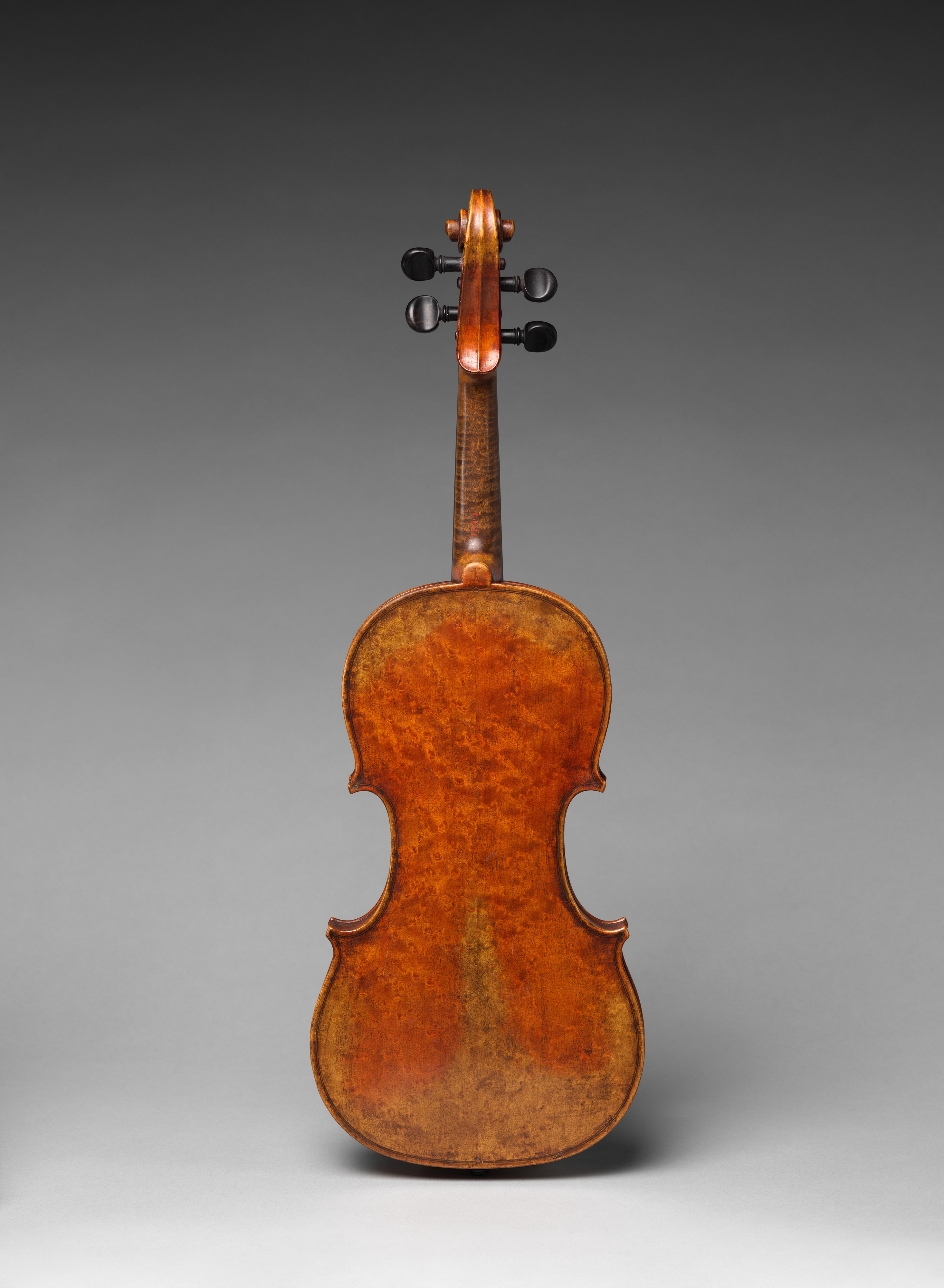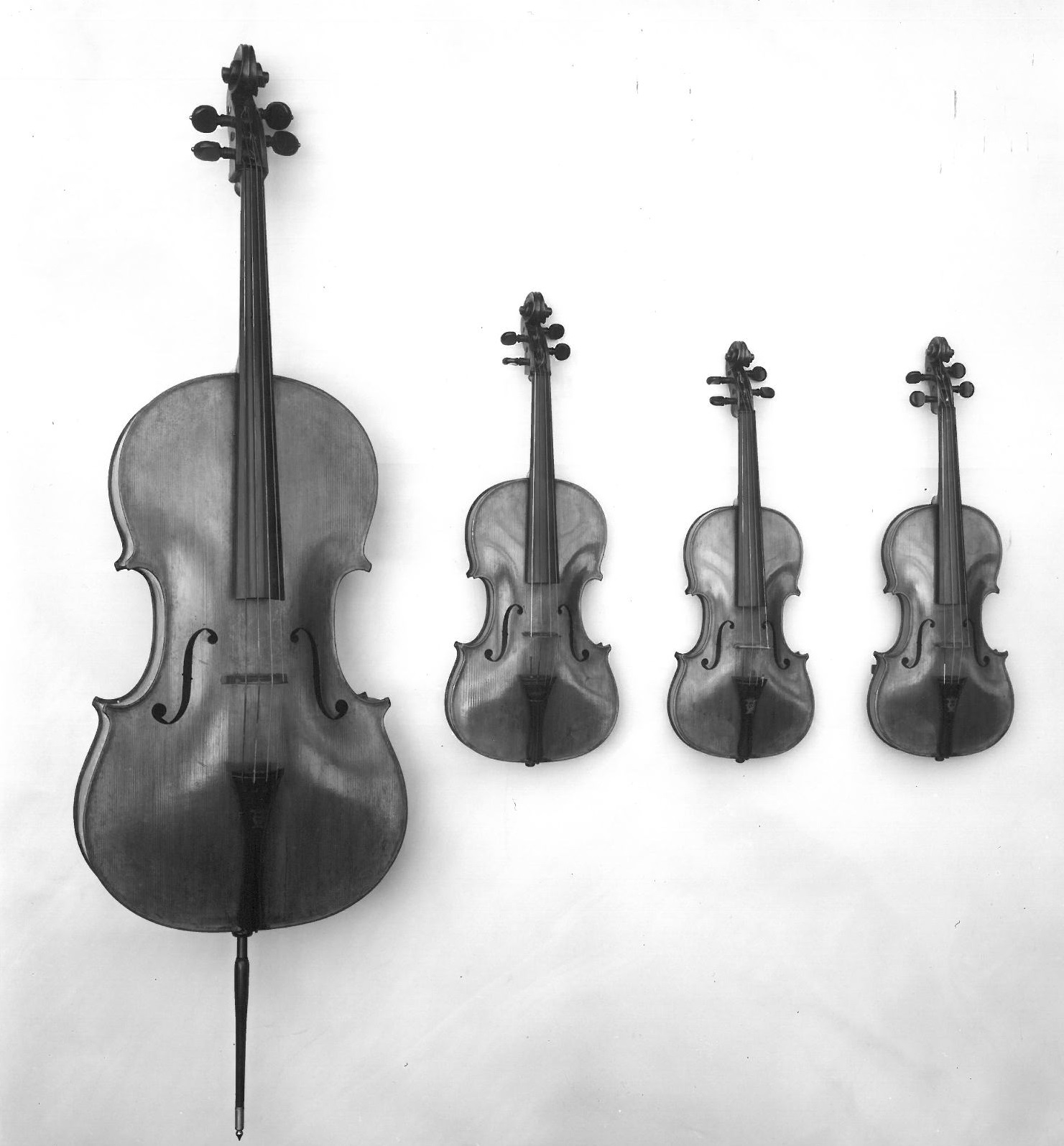Violin
Not on view
August Gemünder was the eldest son of Johann Georg Gemünder, violin maker to Prince Hohenlohe in Inglefinger in the west part of Germany. August and his younger brother George worked for their father learning the trade of violin making, while their younger brother Albert apprenticed to an organ builder. After their father died in 1835, August inherited the workshop and moved it to Regensburg. His brother George worked in several German shops before moving to Paris where he worked for Jean-Baptiste Vuillaume, the most celebrated violin maker in Europe at the time.
In 1846, August and Albert moved to the United States and established themselves as piano and organ builders in Springfield, Massachusetts. They eventually convinced George to join them in the United States. After his violins won a prize at the 1851 Crystal Palace Exhibition in London, George Gemünder had a tremendous reputation. The three brothers built violins together in a shop in New York City beginning in 1859.
However, disagreements caused the brothers to break up in 1864. Both George and August established independent violin shops, while Albert moved to Ohio and built organs. While George moved to Astoria, August continued to work in Manhattan. In 1890, the firm became August Gemünder & Sons. After his death in 1895, August’s sons August Martin and Rudolf continued the business.
This violin is part of a string quartet that was made by A. Gemunder & Sons for the 1893 World's Columbian Exposition.
Technical Description: One piece pine top; two-piece bird's-eye maple back; ebony tailpiece and pegs, false head graft marks on scroll.
Due to rights restrictions, this image cannot be enlarged, viewed at full screen, or downloaded.
This artwork is meant to be viewed from right to left. Scroll left to view more.




